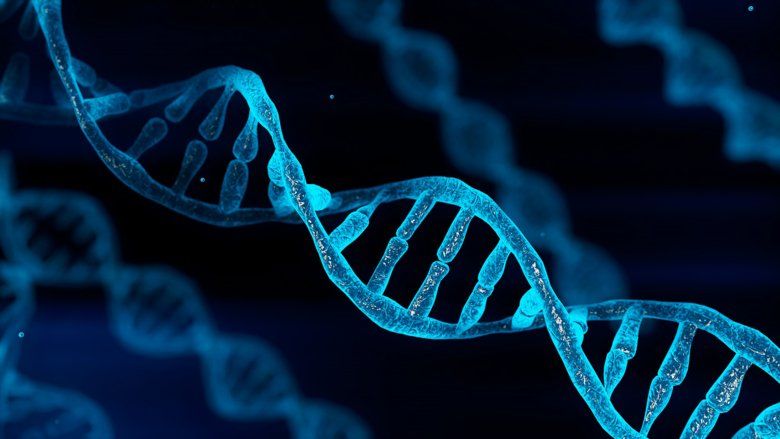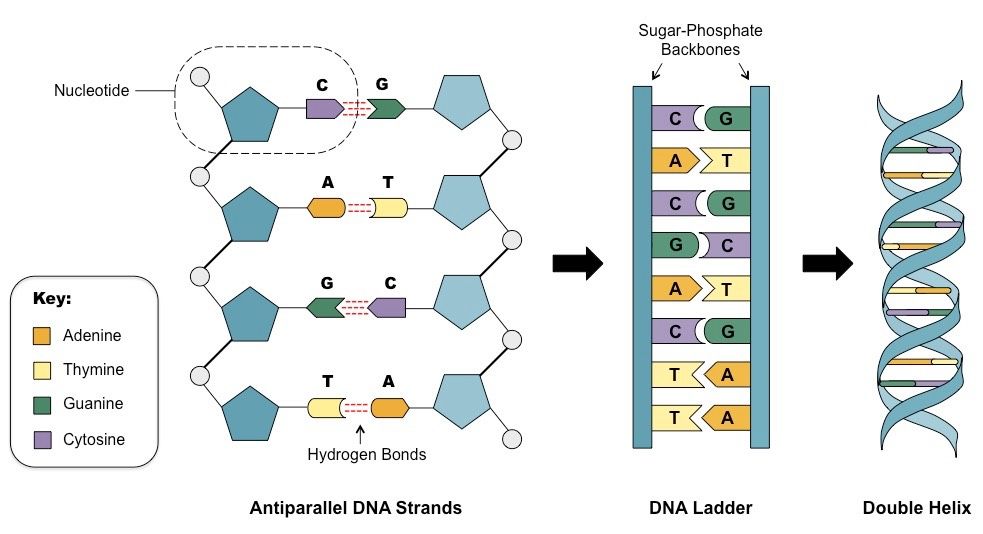
Unlocking the Secrets of Life: The Watson and Crick Model of Dna
The discovery of the structure of DNA was a groundbreaking moment in the history of science, opening doors to a deeper understanding of life itself. James Watson and Francis Crick, along with the invaluable contributions of Rosalind Franklin and Maurice Wilkins, are credited with the elucidation of the double helix structure of DNA in 1953. This revolutionary model not only unraveled the mystery of heredity but also laid the foundation for numerous advancements in genetics, molecular biology, and medicine. In this article, we will delve into the Watson and Crick model of DNA, exploring its historical context, structure, and its enduring impact on science.

The Quest for DNA's Structure
The quest to unravel the structure of DNA began long before Watson and Crick entered the scene. In the early 1950s, scientists were already piecing together critical information about this molecule. One of the key players in this journey was Linus Pauling, who proposed a triple helix structure for DNA. However, this model proved to be flawed.
Another significant figure was Rosalind Franklin, an accomplished X-ray crystallographer, who captured X-ray diffraction images of DNA fibers. These images contained vital clues about the molecule's structure, although she was not initially aware of their full significance. Maurice Wilkins, working in the same lab as Franklin, also played an essential role by sharing her data with James Watson and Francis Crick without her consent.
The Double Helix Revelation
In 1953, Watson and Crick, with the help of Franklin's and Wilkins' data, finally unveiled the double helix structure of DNA in a paper published in the journal Nature. Their model depicted DNA as two long chains of nucleotides coiled around each other, forming a twisted ladder, or helix. This structure was not only elegant in its simplicity but also explained how DNA could replicate itself and carry genetic information.
The Watson and Crick Model in Detail
The Watson and Crick model provided a comprehensive understanding of DNA's structure, comprising the following components:
Nucleotides:
DNA is composed of nucleotides, the building blocks of the molecule. Each nucleotide consists of a phosphate group, a deoxyribose sugar molecule, and one of four nitrogenous bases: adenine (A), thymine (T), cytosine (C), or guanine (G).
Base Pairing:
One of the model's key insights was the complementary base pairing between the nitrogenous bases. Adenine (A) always pairs with thymine (T), and cytosine (C) always pairs with guanine (G). This base pairing was the key to understanding how DNA replicates itself.
Antiparallel Strands:
In the double helix structure, the two DNA strands run in opposite directions, referred to as antiparallel. One strand runs from the 5' end to the 3' end, while the other runs from the 3' end to the 5' end.

Hydrogen Bonds:
The base pairs are held together by hydrogen bonds. Adenine pairs with thymine through two hydrogen bonds, while cytosine pairs with guanine through three hydrogen bonds. This specific bonding pattern ensures the stability of the double helix.
Major and Minor Grooves:
The double helix has two grooves, a major groove and a minor groove, where proteins and other molecules can bind to DNA. These grooves are essential for various biological processes, including transcription and replication.
Impact and Legacy
The Watson and Crick model of DNA had a profound and lasting impact on the field of biology and beyond. Here are some of the ways in which it revolutionized science:
DNA Replication:
Understanding the structure of DNA elucidated how DNA replicates itself, ensuring the accurate transmission of genetic information from one generation to the next. This knowledge is fundamental to genetics and molecular biology.
Protein Synthesis:
The double helix model also provided insights into the process of protein synthesis. It revealed that the genetic code is carried by the sequence of nucleotides and is translated into proteins through the intermediary role of RNA.
Genetic Engineering:
The ability to manipulate DNA at the molecular level, known as genetic engineering, became possible due to the knowledge of DNA's structure. This has led to advancements in medicine, agriculture, and biotechnology.
Medical Breakthroughs:
The discovery of the double helix has contributed to our understanding of genetic diseases and the development of DNA-based diagnostic tools and therapies. It has also paved the way for precision medicine, where treatments are tailored to an individual's genetic makeup.
Evolutionary Biology:
DNA sequencing and analysis have allowed scientists to explore the genetic relationships between species, providing insights into evolutionary history and biodiversity.
Conclusion
The Watson and Crick model of DNA was a transformative moment in the history of science. It unlocked the mysteries of heredity and laid the groundwork for countless discoveries and innovations in genetics and molecular biology. While Watson and Crick are often celebrated for their model, it is crucial to acknowledge the contributions of Rosalind Franklin and Maurice Wilkins, whose research was instrumental in the development of the double helix model. Today, our understanding of DNA continues to deepen, and its applications in various fields are vast and far-reaching. DNA, the molecule of life, will undoubtedly remain a central focus of scientific inquiry for years to come, thanks to the pioneering work of these remarkable scientists.
Appreciate the creator